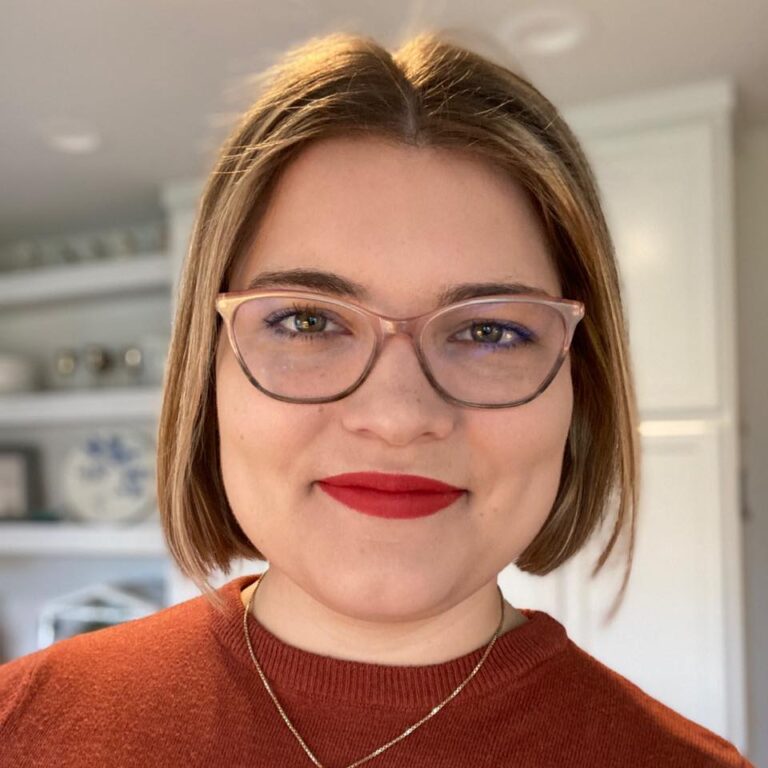About a month ago I got to experience something pretty close to magic. I was one of eighty or so Chorus Niagara choristers standing behind the Niagara Symphony Orchestra as together we performed Beethoven’s Ninth Symphony. I had my score open to the bars just before the choir comes in, ready to sing, but for the moment was reveling in listening to the orchestra play the opening section of the fourth movement.
The whole of Beethoven’s 9th is a masterpiece, but it’s the fourth movement people know really well. That’s when you finally get to the melody line so famous it features in the movie Sister Act and the “Drink Milk, Love Life” commercials of 90’s Canadian T.V.; the musical theme to which Beethoven set the words of a poem titled “Ode to Joy.” The movement doesn’t start off with that theme right away. It dances around a bit, bringing back melody lines from the previous three movements, until all of a sudden, after a bit of a tease from the bassoons, you hear the cellos take up the theme, and everyone leans in a bit closer.
The cellos hang on to the theme for a while, playing through the entirety of the melody before passing it on to the violas, who also play through the entirety of the theme before they then pass it on to the violins – who, you guessed it, play the entirety of the theme – and by this point the audience is on the edge of their seats in anticipation. Each new passing on of the theme is a tease – the melody is familiar, and it feels good, but so far it has been muted, held back, and you know there’s something more, much more to come.
Finally, the moment comes. With one great sweep of his arms, the conductor brings in the entire orchestra, one majestic, united body playing this tour de force of music. In that performing arts hall on that Saturday, it felt like an arrival. Not even the conductor was unaffected. Leaving the orchestra to carry the tune, he dropped his arms, leaned back against the rail on his podium, and simply beamed at the musicians, letting them get swept up in the music. His smile was matched by those in the audience. This felt good. It was familiar, it was beautiful, it was uplifting, it was a moment we had been waiting for, and finally had reached. It was joy.
I think a lot of life is spent hoping for, waiting for, moments like this. When all the different pieces of our lives come together in some beautiful harmony, some momentous arrival into something that feels good, that feels right, that elicits joy.
In his book Say Yes: Discover the Surprising Life beyond the Death of a Dream, painter and writer Scott Erickson says that we all have some dream life – some ideal of what life should be. He uses the analogy of a comfy, cozy onesie to describe this dream life. This dream life fits us perfectly. It feels good. There are no tags scratching the back of our neck, no jeans that are just a little too tight, no buttons that aren’t quite lined up. It just fits.
In our dream life, our jobs, our family life, the city we live in, the house we live in, our hobbies, our goals…all these different aspects of our life fit together perfectly, hum along in cohesion, one unified orchestra (to mix metaphors) playing a melody we know and that feels good.
The trouble is, life isn’t always – or even often – like this. Sometimes the melody line is only held by the cellos or the violas. We find a job we love, but its in a new city that’s far away from our friends and family. We have a spouse and children we adore, but we’ve had to put career aspirations on hold for a while. We go back to school, pursuing an idea or a topic we’re passionate about, but that means putting off buying a house for a while. We settle into years of retirement, but they’re marked by the ache of missing loved ones. We hear a comforting, familiar, joyful melody line in one part of our life…but we’re waiting for the rest of our life to catch up and join in.
But maybe life never fully catches up. Maybe we never arrive at some moment where everything is humming along together in perfect harmony. The melody just keeps being passed from cello to viola to violin – all good glimpses of what we so desperately long for – until finally the Maestro brings all things together in the fullness of what we know is coming. And in the meantime, it’s enough that we hear the melody line now and then, here and there, as it floats through our office windows or hums in the voices of our children, for it beckons us forward, sitting on the edges of our seats in anticipation, as we sing along quietly to the tune and say, “This, too, is joy.”

